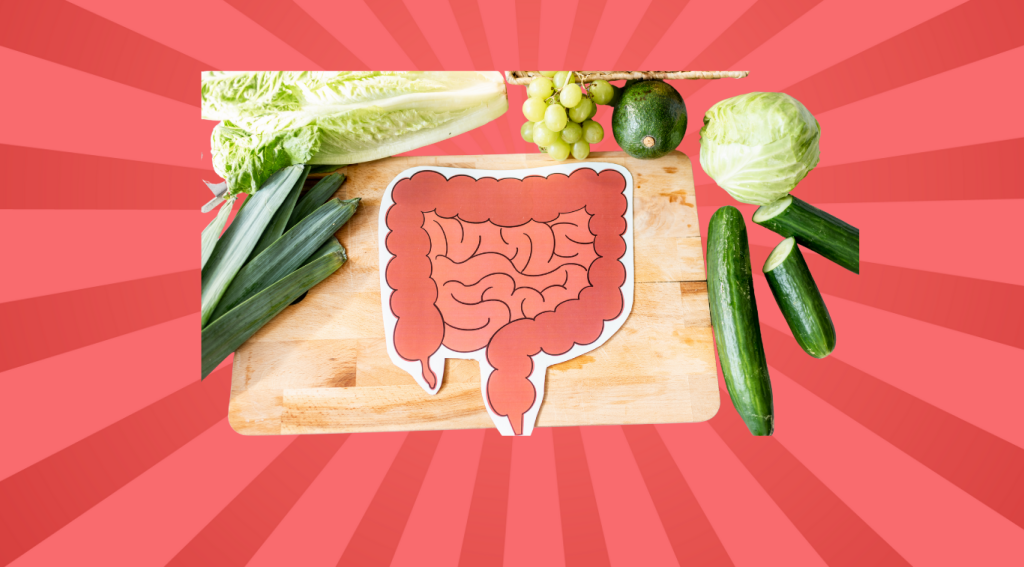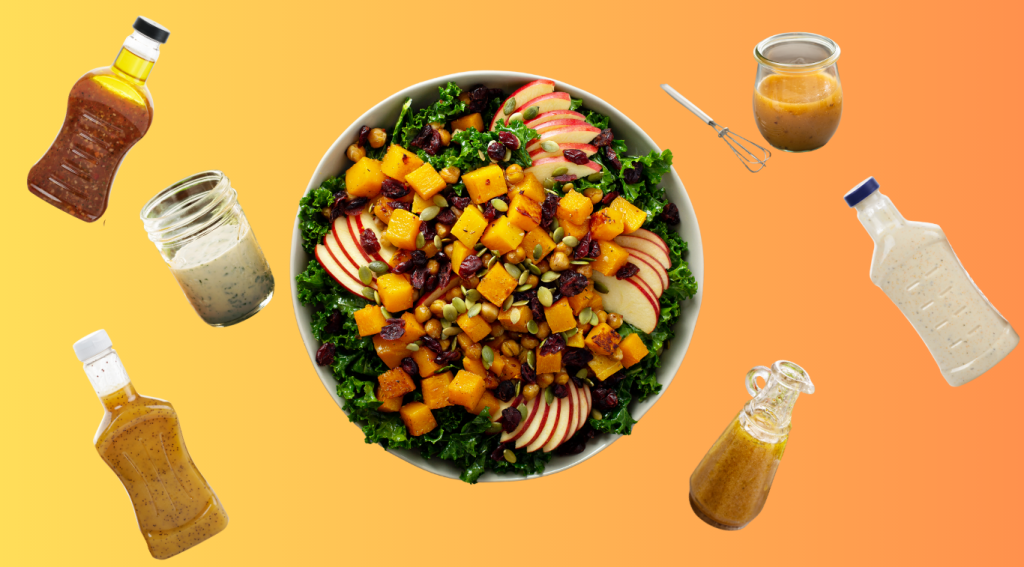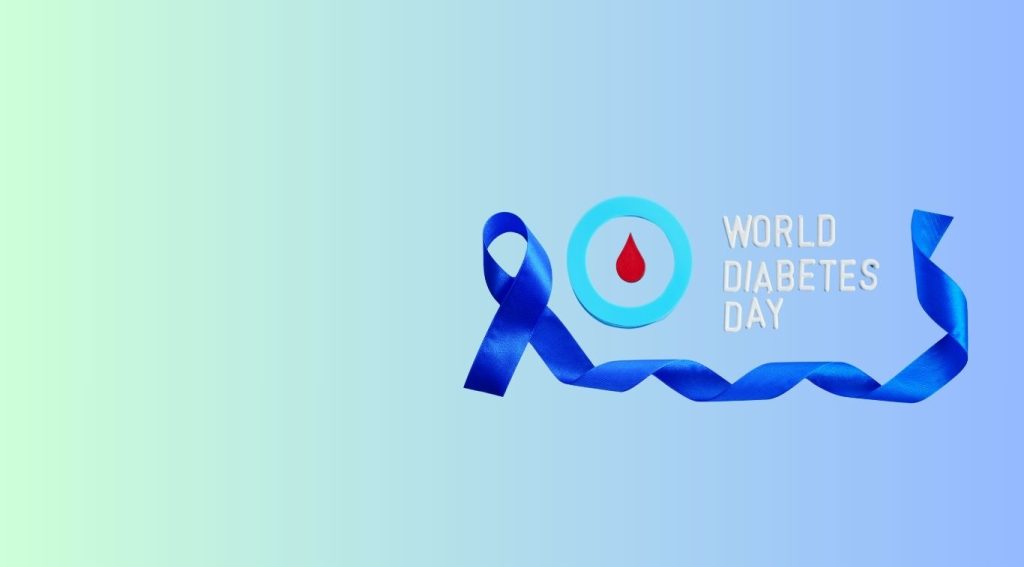Coronary Artery Disease (CAD), also known as coronary heart disease (CHD) is the leading cause of mortality in the United States, estimated to be 1 in 4 deaths 1.
What is CAD?
CAD is a condition where the coronary arteries that supply blood to the heart muscle become narrowed or blocked due plaque buildup, reducing blood flow and potentially causing chest pain or heart attacks.
Risk Factors
The good news is that there are lifestyle factors that can help reduce the risk of CAD/CHD, but it is important to mention the non-modifiable risk factors associated with this disease. This refers to a characteristic or attribute that increases the likelihood of developing a disease or health condition but cannot be altered or controlled by an individual:
- Age: CAD prevalence increase after 35 years of age in both men and women1
- Gender: men have increased risk compared to women1
- Ethnicity: Blacks, Hispanics, Latinos and Southeast Asians are ethnic groups with an increased risk of morbidity and mortality1
- Family history of CAD1
The modifiable risk factors are characteristics or behaviors individuals can change or control to reduce their risk of developing the disease:
- Smoking: Quitting smoking can significantly lower the risk of CAD
- High blood pressure: If you have it, manage blood pressure with lifestyle interventions and medication to prevent damage to the arteries
- Diabetes: If you have it, managing blood sugar well through diet, exercise, medication can help reduce risk of CAD
- Sedentary Lifestyle: Exercise is a protective factor in preventing the development of CAD
Healthy eating pattern
Eating a heart-healthy diet rich in fruits, vegetables, whole grains and lean proteins while limiting trans-fat, sodium and added sugars can help reduce risk. Interestingly, the link between saturated fat and coronary heart disease has evolved over time. It was once considered a major cause of coronary heart disease, but recent reviews have raised questions about this connection. Instead, there is now a greater emphasis on the role of refined sugar as a primary risk factor1. A study in 2016 showed that soft drinks and sweetened beverages were associated with a 22% higher risk of heart attack2.
A study in 2016 showed that soft drinks and sweetened beverages were associated with a 22% higher risk of heart attack2.
So let’s talk about what Heart-Healthy Nutrition looks like!

What Should Be On Your Plate?
Vegetables
- Red, green, yellow peppers
- Broccoli, carrots, green beans
- Squashes like Napoles and chayote
- Dark greens like kale, arugula or spinach
Whole Grains & Starchy Vegetables
- Quinoa, oats, barley, bulgur
- Maize, yucca, yams or sweet potatoes, plantains
- Whole wheat or corn tortillas
- Whole grain cereals
- Kidney beans, black beans, pinto beans, split peas and lentils
Lean Protein or Plant-Protein (about 3 oz cooked)
- Fatty fish salmon, tuna and trout
- Chicken and turkey with no skin
- Lean red meat such as “round” and loin cuts
- Plant proteins like soy (tofu, tempeh) and dried beans and lentils
Heart Healthy Fats
- ¼ an avocado
- 1 oz or ¼ cup unsalted nuts or seeds
- Avoid using lard, butter coconut oil or palm kernel oil in cooking
- Avoid whole milk and full-fat cheeses
- Use liquid oils like extra-virgin olive oil, avocado oil, canola oil, soybean or safflower
Dairy or Plant Milk
- Skim or 1% milk
- Reduced fat cheese
- Choose calcium fortified soy and nut milks with no sugar
- Low-fat, no sugar added yogurt
Fruit
- choose a variety of whole fruit, frozen fruit with no added sugar or canned fruit in its own juice
- Choose 100% fruit juice and limit to ½ cup a day
- Apples, berries, banana, papaya, mango, pineapple etc.
Sodium
- You can reduce salt intake by preparing foods at home to control the amount of sodium that goes into your food
- When grocery shopping, select reduced-sodium or no-sodium added canned soups and vegetables
Even if you do not have CAD or high blood pressure, being mindful of your sodium intake is important as excessive sodium consumption can increase risk of developing CAD and other cardiovascular problems. Eating to prevent coronary artery disease and eating to manage it share many similarities, but there are some differences due to the specific needs and conditions of each unique individual.
Need More Help With Nutrition?
If you are an individual being supported by JNCS or are a JNCS employee supporting an individual who has CAD who you think can benefit from consulting with a Registered Dietitian Nutritionist, reach out to your supervisor.
Healthy Regards, Cassandra RDN
Medical Advice Disclaimer: The information provided on this blog is for informational and educational purposes only. No material provided in this blog, including images and graphics, is intended as a substitute for professional medical advice, diagnosis, or treatment. Always seek the advice of your physician or other qualified health care provider before making any dietary changes or starting a new health care regimen. Do not neglect professional advice because of what you may have read in this blog.
References:
- Brown, J. C., Gerhardt, T. E., & Kwon, E. (2023). Risk Factors for Coronary Artery Disease. In StatPearls. StatPearls Publishing.
- “Love Your Heart, Love Your Food.” EatRight Academy of Nutrition and Dietetics, https://www.eatright.org/health/health-conditions/cardiovascular-health-heart-disease-hypertension/love-your-heart-love-your-food.
- Narain, A., Kwok, C. S., & Mamas, M. A. (2016). Soft drinks and sweetened beverages and the risk of cardiovascular disease and mortality: a systematic review and meta-analysis. International journal of clinical practice, 70(10), 791–805. https://doi.org/10.1111/ijcp.12841



